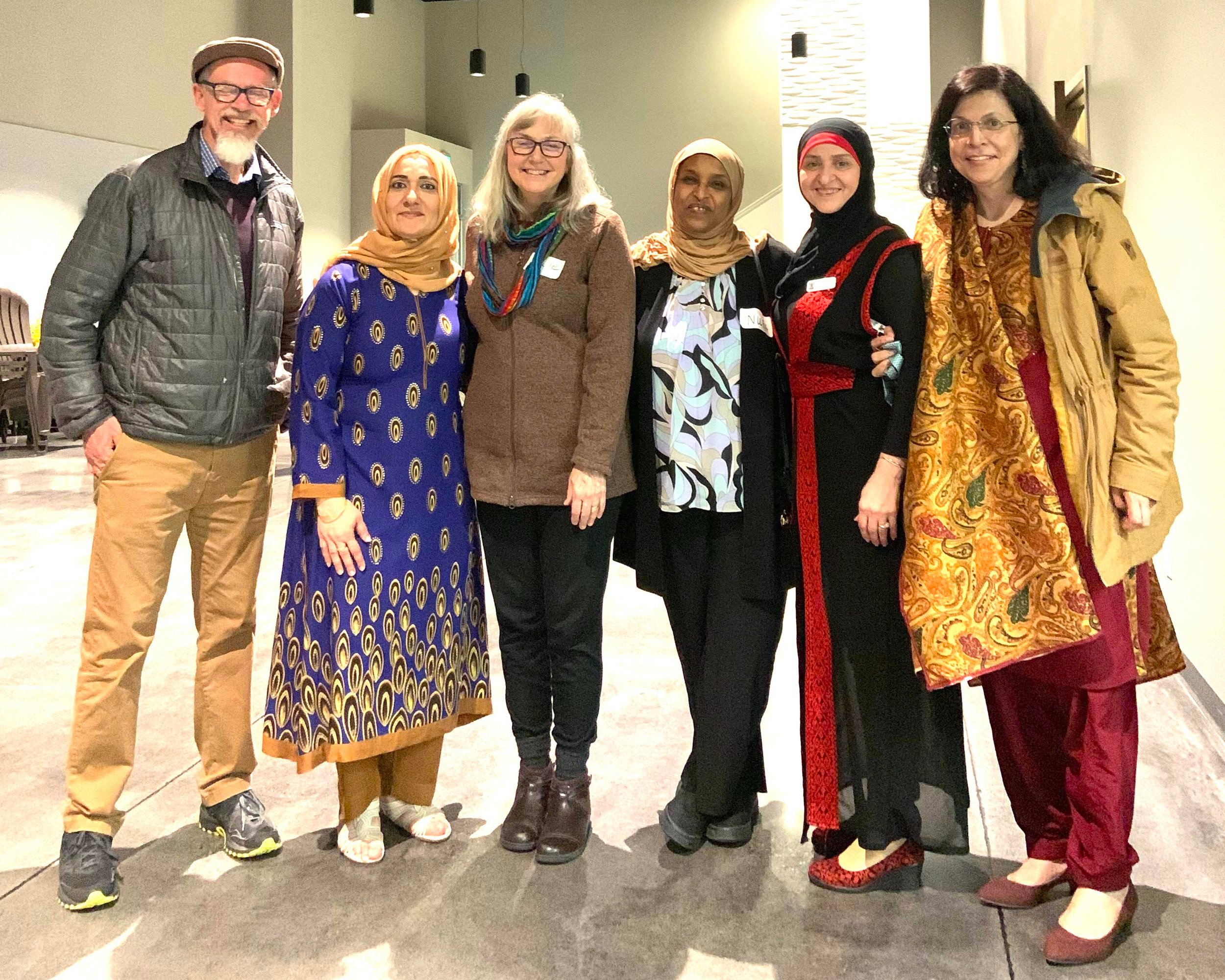Peacemaking without Borders: A Peacemaking Spectrum Part One
by Rick Love
I had a stimulating conversation recently with a fellow peacemaker. I was enjoying the conversation when out of nowhere he made a joke about beauty queens talking about “world peace” as if this were dumb or something. In the past I would have chuckled along with him. But this time his comment rankled. I didn’t chuckle.
World peace is no joke. Beauty queens who want world peace are not silly. They voice what most of us yearn for deep down inside: peace. And it is God who puts that desire in us.
The magnitude of our calling to peace is huge. And many of us miss it. I missed it. In fact, I am embarrassed to say that in my first book on peacemaking I didn’t even address what it means to love our enemy. But God has opened my mind and changed my heart. Part of this conversion centers around three biblical commands – which describe peacemaking without borders:
If possible so far as it depends on you, be at peace with everyone (Romans 12:18).
Pursue peace with everyone (Hebrews 12:14).
Love your enemies (Matthew 5:44).
Let me share how God has led me in my peace pilgrimage. In this blog and in my next one I will discuss the Peacemaking Spectrum and the Peacemaking Spheres. These two models help me visualize the big picture of God’s peacemaking purposes. They can guide the busy pastor, scholar, or activist to build a peace ministry.
First, the Peacemaking Spectrum. Imagine God’s work of peacemaking as a continuum. We experience God’s peace through Christ. This results in peace with ourselves as we receive increased healing in our own lives. Jesus then leads us to live this out with his people, with our neighbors, and ultimately even with our enemies.
Ideally, the church does peacemaking simultaneously in all five points on this continuum. Evangelism and all forms of witness lead people to peace with God. Counseling, spiritual direction, and prayer for inner healing help people find peace with themselves. Most churches have specific ministries and formally appointed people to work in these two areas.
But few churches have specific ministries or formally-appointed people to do peacemaking in the church, with neighbors, or with enemies. It is assumed that the pastor or other church leaders will fill the role of peacemaker. While church leaders do peacemaking (and some do it well), many are not trained in it and fail to provide training for their congregation. But note: the five points on this spectrum are things that EVERY believer needs to do.
The Spectrum of Peacemaking describes a consistent and comprehensive peace ethic for the individual believer. Peacemaking without borders. Where are you on the spectrum? What next steps do you need to take? "If you know these things, you are blessed if you do them” (John 13:17).











